DaVinci Resolve Studio is used for color grading and finishing on more than 15 of VICE Media’s television shows airing on its VICELAND television channel.
Blackmagic Design today announced that DaVinci Resolve Studio is used for color grading and finishing on more than 15 of VICE Media’s television shows airing on its VICELAND television channel. Grading for the majority of the television shows takes place in-house in several DaVinci Resolve Studio suites across the VICE New York and VICE Los Angeles production offices. The colorists and shows include:
- Chris Beardslee: “Balls Deep” and “Noisey;”
- Eli Friedman: “Last Chance High;”
- Mishel Hassidim: “Beerland,” “Earthworks,” “F*ck That’s Delicious” and “King of the Road;”
- Shanna Maurizi: “Black Market,” “Gaycation,” “States of Undress,” “Weediquette” and “Woman;”
- Ben Perez: “Black Market: Dispatches;”
- Chris Ramey: “Ancient Aliens with Action Bronson,” “Balls Deep,” “Noisey” and “VICE Lab;” and
- Robbie Renfrow: “Bong Appétit,” “The Therapist” and “VICE World of Sports.”
Shanna Maurizi is a professional colorist, artist and filmmaker in New York City and is one of the senior colorists that regularly works with VICE New York. She has graded “Weediquette,” a documentary series that chronicles the ever-changing landscape of cannabis in the U.S., since the first episode, and the show is now in its third season. “I came to the project with some ideas, and when I met with Host Krishna Andavolu and Showrunner Nick Carew, we were really on the same page and brought our ideas together; it’s been a really rewarding collaboration,” explained Maurizi.
With season three shot entirely in the U.S., Maurizi focused on developing a main look that differentiated the American landscape. “Quality of light and the foregrounding of the natural world are important, so what does Los Angeles feel like in comparison to Maryland? Washington state? How does light behave in different geographic places? High mountain terrain is very stark with a very different distribution of light and dark than the lush humidity of the South,” said Maurizi. “The stories are told from within each characters’ world, and I try to portray the location as richly as possible, so they really inhabit it. Rather than depending on what I think, say Nevada looks like, I’ll listen to the footage and look at photographers and filmmakers working in the area to arrive at a look.”
Even before grading begins, Maurizi relies on DaVinci Resolve Studio’s Gallery and adjustable split screen to help define the look of an episode. “When I’m meeting with Nick to talk about the look of an episode, I’ll use the split screen viewer to throw up a grid of key shots so we can consider the overall palette as we get started,” she noted. “Speed is really important in the turnaround times for broadcast, so DaVinci Resolve Studio’s groups are also an essential part of the workflow. Shows are sent to color as a flat log file, and I build groups according to scene or camera angle. Then I can work the scenes against each other to develop the flow of the episode.”
Maurizi continued, “DaVinci Resolve Studio’s Hue vs. Hue curves are also a good efficiency tool for quick adjustments in pre-groups to avoid pulling a key, which is hard to do across a whole scene. I use printer lights heavily and I can work fast, making global changes that don’t distort the negative and feel very natural, which is important to the show. I also use DaVinci Resolve Studio’s Splitter Combiner nodes in noise reduction. The cameras are low noise, and when noise does appear, it reads as grain. I want to de-noise but still retain some of that film-like grain and sharpness, so I split out the channels for noise reduction.”
Maurizi noted how DaVinci Resolve Studio’s editing capabilities also come in handy: “I use the Edit page often to adjust edit points from the EDL and cut in new shots. There are often late changes or updated archival footage, and Online Editor Davy Gomez can import my project via the project pane to drop new shots into the timeline and paste the grades over. This really helps as I am often on another project and can’t address changes after the grade is complete.”
“I love the intersections between my grading work and my life as a visual artist, and this show has given me a lot of space to explore communicating in visual images,” Maurizi concluded. “I was brought in specifically for the launch of VICELAND. It was a lot of work as they were simultaneously building out a post production facility and figuring out how to run a television channel, and Spike Jonze really set the tone and made everyone feel included. VICE journalists are doing the good work, and in the current times, I’m glad to be spending my time and energy on something really necessary.”
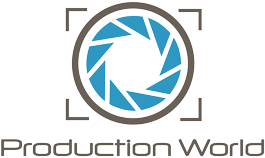

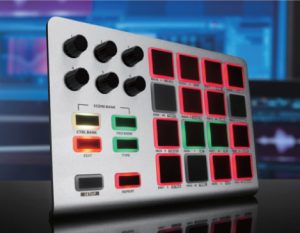
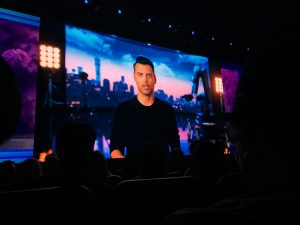
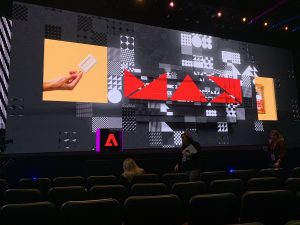
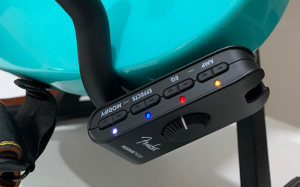
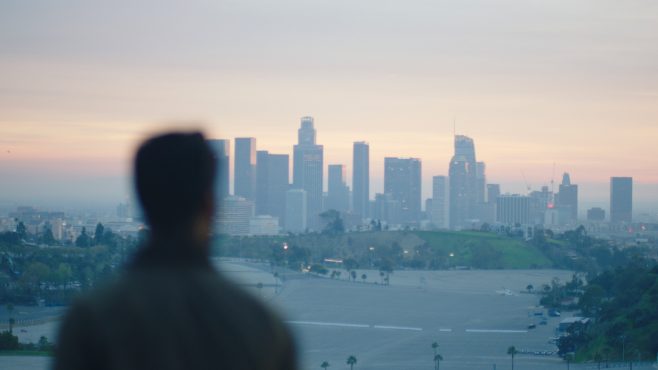




Leave a comment